Introduction
A single job posting can attract hundreds or even thousands of applications. Sorting through all those manually? It’s not just overwhelming—it’s inefficient and easy to mess up. That’s where Applicant Tracking Systems (ATS) come in. These smart tools help recruiters stay organized, speed up the hiring process, and make the experience better for everyone involved.
This tutorial delves deep into the world of ATS, exploring their purpose, core functionalities, key features, optimization strategies, types, implementation steps, common misconceptions, and more.
Whether you’re an HR professional, recruiter, or business owner, understanding how ATS works can significantly elevate your hiring game.
What Is an Applicant Tracking System (ATS)?
An Applicant Tracking System (ATS) is a recruitment software used by companies to streamline and automate the hiring process. It helps recruiters and HR teams manage every step of the recruitment journey — from posting job ads to making the final hire.
Here’s what an ATS typically does:
- Collects and Organizes Applications: Automatically stores resumes and application details in a central database.
- Screens and Filters Candidates: Uses keywords, experience, and other criteria to rank and shortlist applicants.
- Tracks Candidate Progress: Monitors each candidate’s status throughout the hiring stages (applied, interviewed, rejected, etc.).
- Facilitates Team Collaboration: Allows multiple team members to review, comment, and rate applicants in one place.
- Automates Communication: Sends follow-up emails, interview invites, or rejections automatically.
- Ensures Compliance: Helps maintain records for legal and reporting purposes.
By using an ATS, companies can save time, reduce manual errors, and ensure a smoother experience for both the hiring team and the applicants. It’s especially valuable for high-volume hiring and helps employers stay organized and efficient
Purpose and Functionality of Applicant Tracking Systems
Applicant Tracking Systems serve as the backbone of modern recruitment processes. Their primary objectives include:
1. Automate and Streamline the Hiring Process
ATS automates various stages of recruitment, from job postings to candidate communications, reducing manual workload and accelerating the hiring timeline.
2. Improve Candidate Experience
By providing timely updates, easy application processes, and consistent communication, ATS enhances the overall experience for candidates, fostering a positive impression of the company.
3. Manage and Store Candidate Data
ATS centralizes all applicant information, making it easily accessible for future reference, compliance audits, and talent pool building.
4. Screen and Recommend Candidates
Utilizing algorithms and keyword matching, ATS efficiently filters applications, highlighting the most suitable candidates for further evaluation.
5. Automate Repetitive Tasks
Tasks like sending acknowledgement emails, scheduling interviews, and updating candidate statuses are automated, freeing up recruiters to focus on strategic activities.
6. Track Candidate Progress and Retain Data
ATS provides a clear overview of each candidate’s journey through the hiring pipeline, ensuring transparency and facilitating data-driven decisions.
Hrtech‘s marketplace provides a variety of ATS options ensuring a positive first impression of your company from the very start of the candidate journey.
Now let us take a look at how an ATS functions and the core processes that it can be utilized in.
Core Processes of an Applicant Tracking System
Understanding the core processes of an ATS is crucial for effective utilization:
1. Posting Job Openings
ATS allows recruiters to create and distribute job postings across multiple platforms, including company websites, job boards, and social media channels, ensuring maximum visibility.
2. Submitting and Parsing Resume Data
When candidates apply, the ATS parses their resumes, extracting relevant information like contact details, work experience, education, and skills, and organizes it into a structured format for easy analysis.
3. Shortlisting Candidates for Interviews
Based on predefined criteria and keyword matching, ATS filters applications, presenting recruiters with a shortlist of candidates who best fit the job requirements.
4. Scheduling and Managing Interviews
ATS integrates with calendar systems, enabling recruiters to schedule interviews seamlessly, send invitations, and manage rescheduling or cancellations efficiently.
5. Utilizing Communication Tools for Candidate Interaction
Built-in communication tools facilitate consistent and personalized interactions with candidates, enhancing engagement and keeping them informed throughout the process.
HR professionals in the Middle East can benefit from the range of communication tools offered through platforms like hrtech, tailored for local hiring needs.
Moving on, let’s discover the key benefits and features of ATS.
Key Features and Benefits of ATS
Leveraging the features of an ATS can lead to significant improvements in recruitment outcomes:
1. Centralized Management of Resumes
All applicant data is stored in a single, searchable database, making it easy to track candidate progress and revisit previous applicants for new opportunities.
2. Reduction in Time and Administrative Costs
Automation of routine tasks reduces the time-to-hire and lowers administrative expenses associated with manual recruitment processes.
3. Improved Candidate Filtering with Keyword Search
Advanced search functionalities enable recruiters to quickly identify candidates with specific skills or experiences, enhancing the quality of hires.
4. Integration with Other HR Systems
ATS can integrate with HRIS, payroll, and onboarding systems, creating a cohesive HR ecosystem that streamlines the entire employee lifecycle.
5. Customization Options for Enhanced Recruitment Processes
ATS platforms offer customizable workflows, templates, and reporting tools, allowing organizations to tailor the system to their unique recruitment needs.
Hrtech seamlessly connects you with integrated ATS platforms that fit within your existing HR ecosystem, simplifying the recruitment process.
Now that you’re clued into the benefits, let’s uncover how to optimize those resumes so they sail through the ATS like a breeze!
Strategies to Optimize Resume for ATS
For candidates, understanding how to craft ATS-friendly resumes is vital. Here are a few important points that you should keep in mind while drafting your resume:
1. Align Resume Keywords with Job Descriptions
Incorporate keywords from the job posting into your resume to improve visibility during the ATS screening process.
2. Use Simple Formatting and Standard Fonts
Avoid complex layouts, graphics, or unusual fonts that may confuse the ATS. Stick to clean, straightforward formatting.
3. Avoid Images and Complex Graphics
ATS may not interpret images or graphics correctly, potentially leading to important information being overlooked.
4. Tailor Content with Measurable Success Indicators
Highlight achievements with quantifiable results to demonstrate impact and align with the job’s requirements.
While candidates optimize their resumes, HR professionals can ensure their systems are optimized as well by exploring different ATS solutions available on hrtech.
Comparing Types of ATS
When it comes to choosing an Applicant Tracking System, one size definitely doesn’t fit all. Every organization has unique hiring needs, technical capabilities, and budgets—and the right ATS should align with all of these. That’s why understanding the different types of ATS solutions available is crucial before making a decision.
Let’s break down the key types of ATS in the table below so you can clearly see what fits your hiring strategy best.
| Type | Description | Pros | Cons |
| Cloud-Based ATS | Hosted on the vendor’s servers and accessible from any device with internet access. Automatically updated. | – Easy access from anywhere- No need for internal server maintenance- Frequent updates | – Data is stored externally- Less customization control |
| On-Premises ATS | Installed and maintained on the company’s internal servers. Offers higher data control. | – Full control over data and customization- Potentially better data security | – Higher upfront costs- Requires IT support for maintenance and updates |
| Integrated ATS | Part of a comprehensive HR software suite, combining recruitment with other HR functions. | – Seamless integration with payroll, onboarding, and performance systems- Centralized data flow | – Can be more expensive- May include unnecessary features |
| Standalone ATS | A dedicated tool focused solely on the recruitment process. | – Tailored recruitment functionalities- Easier to implement and use | – May lack integration with other HR tools- Data silos can form |
| Open-Source ATS | Free or low-cost systems with publicly accessible source code, allowing for full customization. | – Highly customizable- No licensing costs | – Requires technical knowledge- Limited support options |
| CRM vs. ATS | ATS handles job applications and recruitment workflows, while CRM (Candidate Relationship Management) focuses on long-term candidate engagement and talent pooling. | – CRM enhances talent pipelines- ATS streamlines active recruiting | – CRM isn’t ideal for managing job applications- ATS may not focus on passive candidate engagement |
Now that we’ve got a handle on the types of ATS available, let’s dive into how to actually choose and implement the one that’s right for you.
Choosing and Implementing an ATS
Selecting the right Applicant Tracking System is a crucial step in improving your hiring process. It’s not just about features—it’s about finding a solution that fits your team’s needs, budget, and goals.
1. Defining Recruitment Process and Requirements
Assess current recruitment workflows, identify pain points, and outline desired features to guide ATS selection.
2. Budget Considerations and System Preferences
Determine budget constraints and prioritize features that align with organizational needs and resources.
3. Key Features like Automated Tracking and Integration
Ensure the chosen ATS offers essential functionalities such as automated tracking, integration capabilities, and user-friendly interfaces.
4. Steps for Successful Implementation and Adoption
- Stakeholder Engagement: Involve HR, IT, and hiring managers in the selection and implementation process.
- Training: Provide comprehensive training to ensure all users are comfortable with the new system.
- Pilot Testing: Run a pilot phase to identify and address any issues before full-scale deployment.
- Feedback Mechanisms: Establish channels for ongoing feedback to continuously improve system usage.
For tailor-made selections, hrtech offers comparisons and reviews of various ATS options suitable for different organizational sizes and needs.
Before you dive head-first into ATS, let’s clear up some common myths and challenges that might trip you up along the way!
Common Misconceptions and Challenges in Using Applicant Tracking Systems (ATS)
While Applicant Tracking Systems (ATS) have revolutionized the recruitment process, there are still several misconceptions and practical challenges that organizations need to navigate.
1. Misconception: ATS Can Fully Replace Human Recruiters
Reality: ATS can automate several routine tasks—like resume screening, interview scheduling, and communication—but it doesn’t replace the need for human involvement in the hiring process. Recruiters are still essential when it comes to:
- Evaluating soft skills such as communication, teamwork, and adaptability.
- Assessing cultural fit and alignment with company values.
- Making intuitive decisions during interviews that AI cannot replicate.
Why it matters: Over-relying on automation may lead to overlooking candidates who don’t have keyword-rich resumes but possess real potential. Recruiters provide the emotional intelligence and human touch that tech alone can’t deliver.
2. Misconception: ATS Is Only for Large Enterprises
Reality: It’s commonly believed that only Fortune 500 companies use ATS software. However, modern ATS platforms are highly scalable and often offer plans tailored to startups, SMEs, and growing businesses.
- Startups can use lightweight, budget-friendly ATS tools that help build talent pipelines.
- Mid-size firms benefit from automation features to save time and reduce hiring errors.
- Large enterprises use enterprise-grade systems with extensive integrations.
Why it matters: Avoiding ATS because of this misconception can limit your team’s efficiency and leave smaller businesses at a disadvantage when competing for top talent.
3. Challenge: ATS Algorithms Aren’t Always Accurate
Reality: ATS systems use algorithms to parse resumes and rank candidates based on keyword matches, formatting, and experience. However, these algorithms have limitations:
- Non-standard resume formats (e.g., heavily designed resumes, images, or charts) can confuse the system.
- Keywords must align closely with job descriptions; otherwise, qualified applicants may be filtered out.
- Algorithms may miss nuances in experience or transferable skills that a human recruiter would recognize.
Why it matters: Candidates may be unintentionally eliminated. Recruiters must review filtered-out resumes manually or adjust algorithm settings to catch the best matches.
4. Misconception: ATS Always Enhances Candidate Experience
Reality: While ATS can speed up communication and keep candidates informed, a poorly configured system may do the opposite:
- Automated emails can feel impersonal or go unanswered.
- Complex application forms or broken interfaces can frustrate users.
- Lack of follow-up can lead candidates to believe their application was ignored.
Why it matters: A negative applicant experience can damage your employer brand. Use ATS features wisely—combine automation with thoughtful messaging and timely responses.
5. Challenge: Implementation and Training Can Be Overwhelming
Reality: Implementing a new ATS isn’t always plug-and-play. Common onboarding issues include:
- Lack of internal training or change management strategies.
- Poor data migration from previous systems.
- Misaligned expectations between departments.
Why it matters: To get the most out of an ATS, HR teams need proper applicant tracking system training, ongoing support, and internal communication strategies to ensure successful adoption.
Even startups and SMEs in regions like the UAE can find scalable and cost-effective ATS solutions on hrtech, ensuring efficient hiring processes without hefty investments.
Conclusion
Applicant Tracking Systems have transformed how organizations find, evaluate, and hire top talent. By automating routine tasks, enhancing candidate experience, and offering insightful data analytics, ATS tools empower HR professionals to make faster, smarter, and more consistent hiring decisions.
Ready to Master ATS and Supercharge Your Hiring?
If you’re serious about refining your recruitment process and are looking for reliable, efficient technology tailored to your HR team’s needs, hrtech has you covered.
Think of it as your local go-to for everything HR but tailored to your region and needs, with faster load times and more relevant options.
Explore hrtech today and take the first step toward smarter hiring with better technology.





